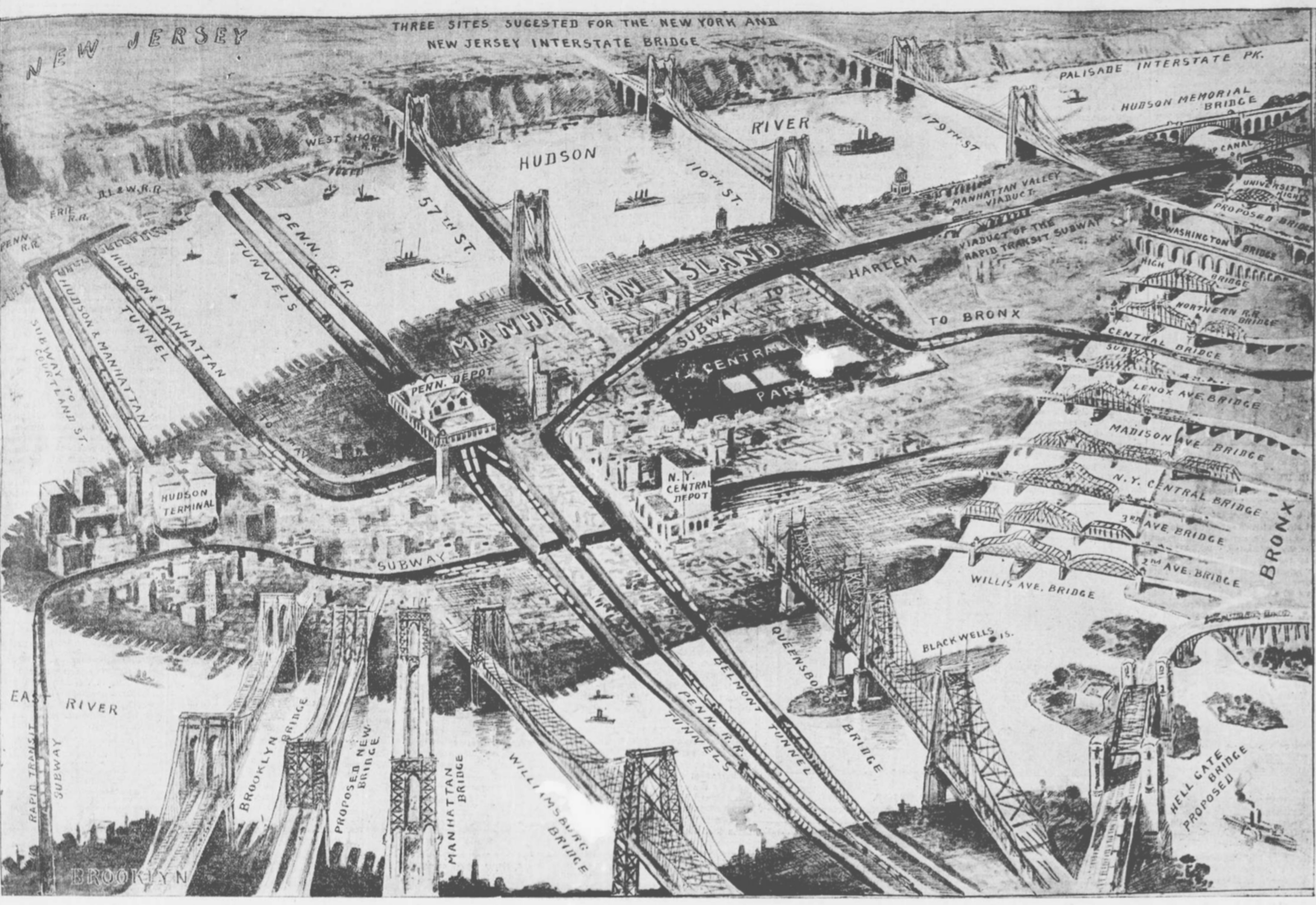
Classwork: geoJSON
MHC 250/Seminar 4:
Shaping the Future of New York City
Spring 2017
Standard Formats for GIS Data
Integral to this course is analyzing and visualizing GIS data. There are several standard formats:
Here's an
excellent summary & comparison of these formats.
geoJSON
We will be primarily using geoJSON files for this course.
Use the
geojson's mapper, locate your home campus. Mark the point (select from the menu on the right of the map).
- On the right hand side, the corresponding geoJSON will be created.
- Save the file and upload to github.
- Commit the file and preview.
You should see the a map pop up in the preview window.
(Here's a helpful example.)
Here's a nice description of basic concepts of geoJSON:
- Read/skim the description of different types.
- What types are in the geoJSON file you created above?
- Using the mapper, add a polygon outlining 3 block around your home campus. What was created in the corresponding geoJSON file?
- Create an additional marker for MHC and add a line marking how you
would travel between your home campus and MHC. What was created in the corresponding geoJSON file?
geoJSON and folium
Folium provides a simple interface to leaflet.js for mapping geoJSON data.
Work through example from tutorial that uses a geoJSON layer for
folium.
These have moved since this classwork was written, a similar version is
at . Note that the rewrite of the examples assumes that you are using jupyter and displays in-line. To save an .html file to diplay, you need to save it (mapName.save(outfile='htmlFile.html'))
Using your the geoJSON file that you created. What do the different
tile options do? That is, how do the following options change your
map:
- tiles='Stamen Terrain'
- tiles='stamenwatercolor'
- tiles='Mapbox Bright'
- tiles='Stamen Toner'
- tiles='Cartodb Positron'
Additional Challenges
Through the
open data project, there are many geoJSON layers available. Download some of the following and use folium to create different webpages displaying these
political and administrative districts:
- NYC Boroughs
- NYC zip codes
- NY Congressional Districts
For each, choose an appropriate background map. Note that you can combine these with your own datasets (i.e. overlap your 311 complaints on top of zip codes or congressional districts).
Limits to Growth
The reading for today addressed limits to growth at a global level. What limits are there to the number of individuals that could live in New York City?
With your group, identify the following quantities:
- How much water does the average New York resident need daily?
- How much electricity does the average New York resident use daily? Does this differ seasonally?
- How much garbage does the average New York resident generate daily?
- How many acres are there in New York City?
- What is the current population of New York City?
- What is the average number of persons per acre in New York City?
What factors could limit growth? Using the population predictions from the reading,
- What is the current population of New York City? How many more people are expected by 2030?
- How much more water is needed? What is the current capacity? Is this a limit to growth?
- How much more electricity is needed? What is the current capacity? Is this a limit to growth?
- How much more garbage is generated? What is the current capacity? Is this a limit to growth?
- What other limits to growth did your group find?

